Travel around St. Petersburg No 26. Museum of the Arctic and Antarctic. Музей Арктики и Антарктики
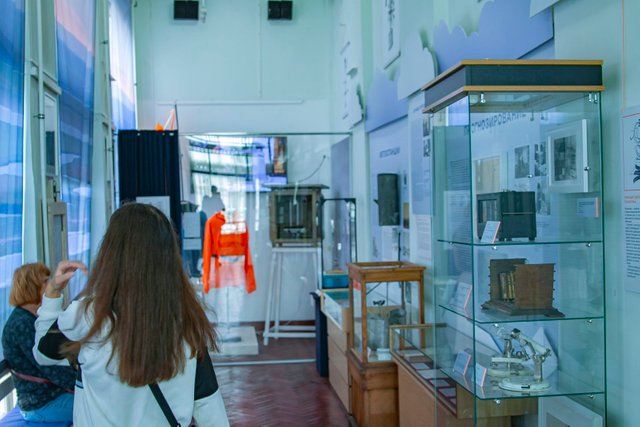
Hello everybody! Today I have in my blog a continuation of the story about the exhibition of the Museum of the Arctic and Antarctic in St. Petersburg. Yesterday we finished by reviewing the entire exposition of the lower tier, and now we are moving upstairs, where there is a hall dedicated to the exploration of Antarctica.
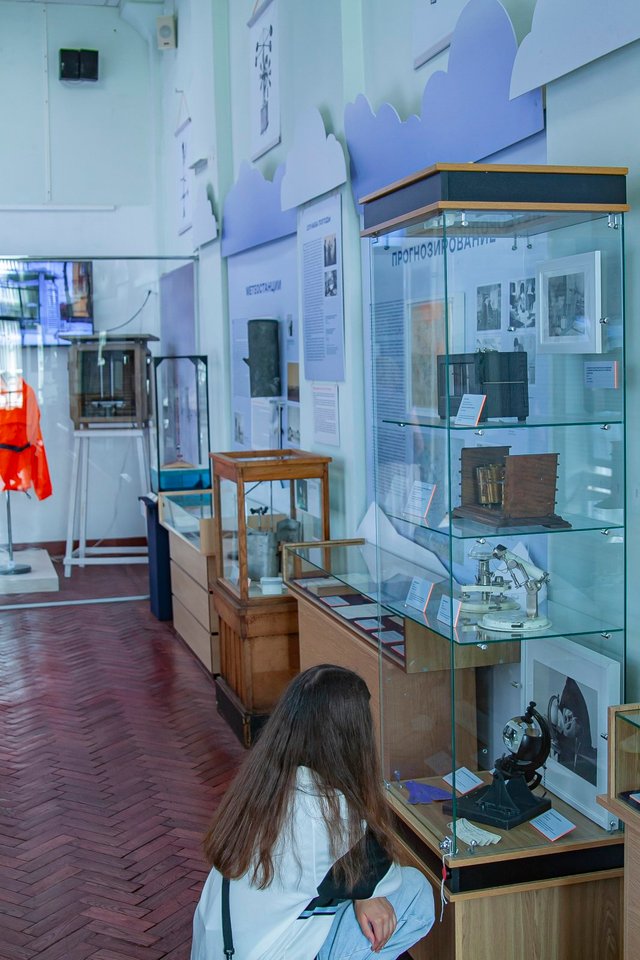
ONLINE REFERENCE: On February 2, 1998, by a decree of the Government of the Russian Federation, the museum was awarded a new status — the Russian State Museum of the Arctic and Antarctic (RGMAA). Currently, the RSMAA is the largest museum in the world, whose collection (about 100 thousand exhibits) is dedicated to the polar theme. It presents archaeological sites and relics related to the history of the development of the Northern Sea Route.

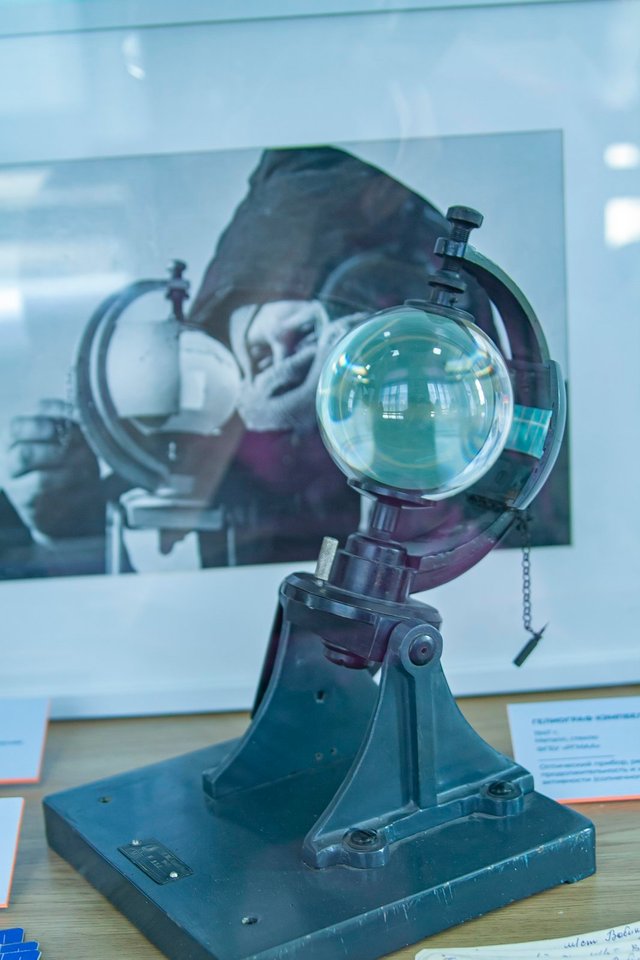
There is more light coming through the windows and the exhibits can be better viewed. The former church building, given over to a museum, has a large round hall on the top floor, but there are also many different small rooms where there is a lot of interesting things.
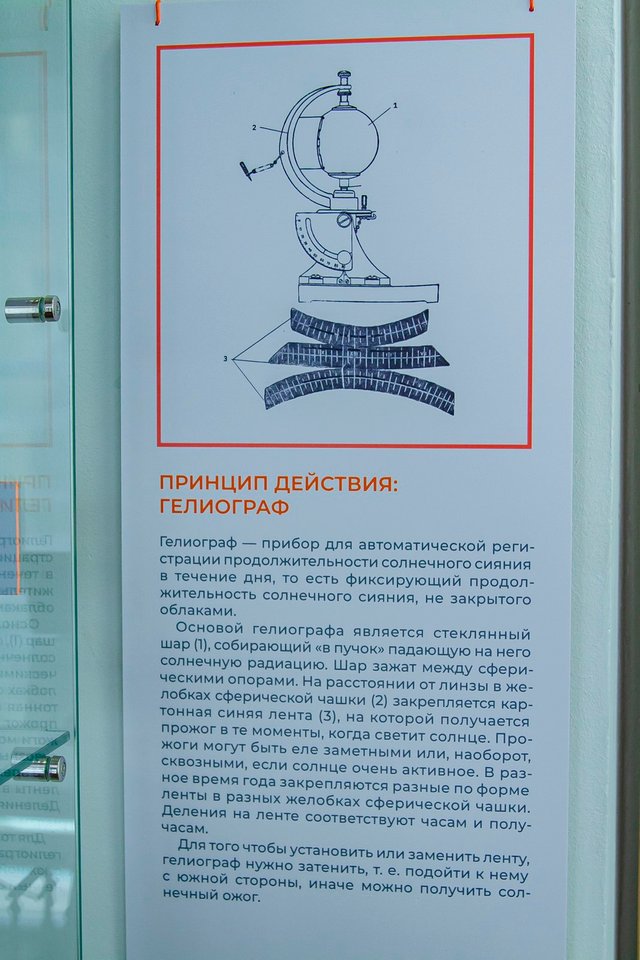

I don't know about you, but I was very curious to know that sailing ships began to sail to Antarctica. In those years, it was very dangerous and often led to tragedies. After all, flimsy ships could not break ice, as today's nuclear icebreakers do, and were often covered with ice.
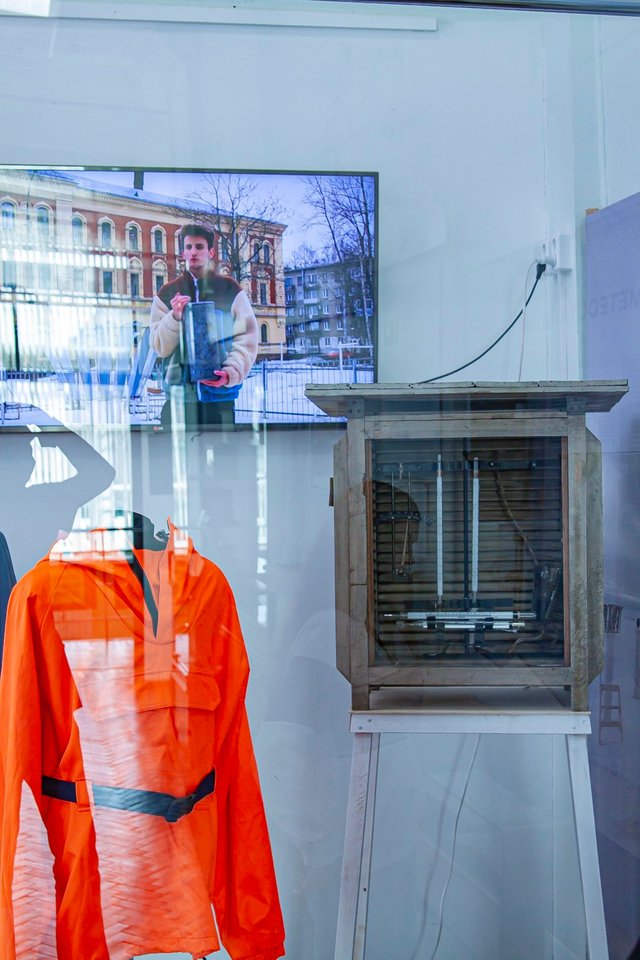
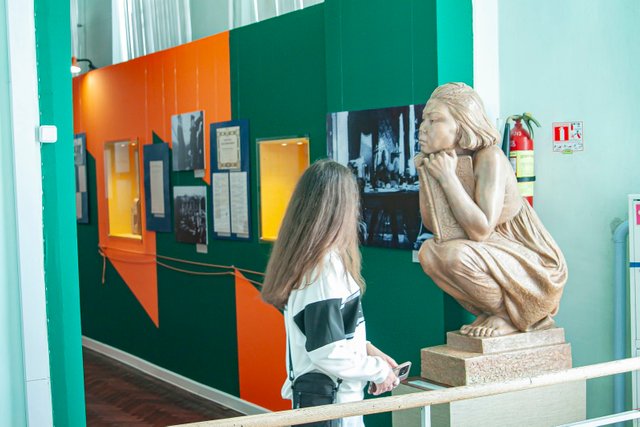
By the way, the design of modern icebreakers is also of interest. In fact, it is a large float with rounded sides. Icebreakers do not have breakwaters and long ledges. Thanks to this design, the ship rolls onto the ice and breaks it with its weight. If an icebreaker falls into an ice trap, its sides do not break, and the vessel is squeezed out to the surface.

The Antarctic section of the museum also features stuffed animals and bones of various marine animals and birds. A separate large stand has been made for penguins, where stuffed animals of a whole family of these birds are placed. This place is especially popular with tourists, everyone takes photos and selfies.


There are many scientific instruments on display at the exhibition stands. All ois have different purposes and were manufactured in different periods. These are mainly geodetic devices, probes and deep-sea vehicles. But there are also all kinds of marine measuring instruments taken from real polar ships.
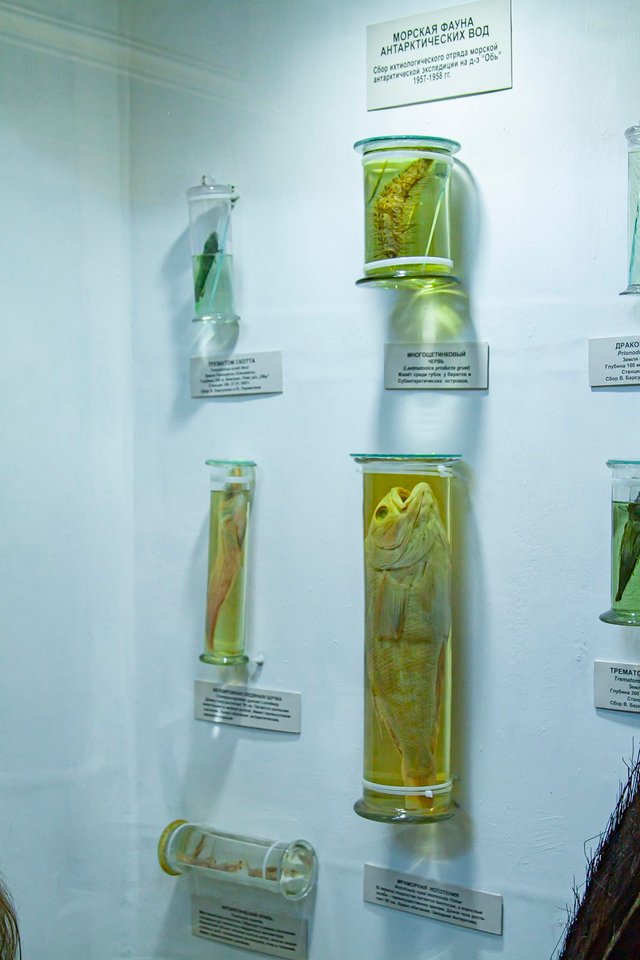
Tomorrow I will make a final review of the exhibition of the Museum of the Arctic and Antarctic. Photos of dioramas of research stations, clothes of polar explorers and other interesting exhibits are waiting for us. And that's it for today!


Привет всем! Сегодня у меня в блоге продолжение рассказа о выставке музея Арктики и Антарктики в Петербурге. Вчера мы закончили на том, что рассмотрели всю экспозицию нижнего яруса, и сейчас переходим наверх, где представлен зал, посвящённый исследованию Антарктиды.

СПРАВКА ИЗ СЕТИ: 2 февраля 1998 г. Постановлением Правительства Российской Федерации музею был присвоен новый статус — Российский государственный музей Арктики и Антарктики (РГМАА). В настоящее время РГМАА является крупнейшим в мире музеем, коллекция которого (около 100 тысяч экспонатов) посвящена полярной тематике. В ней представлены археологические памятники и реликвии, относящиеся к истории освоения Северного морского пути
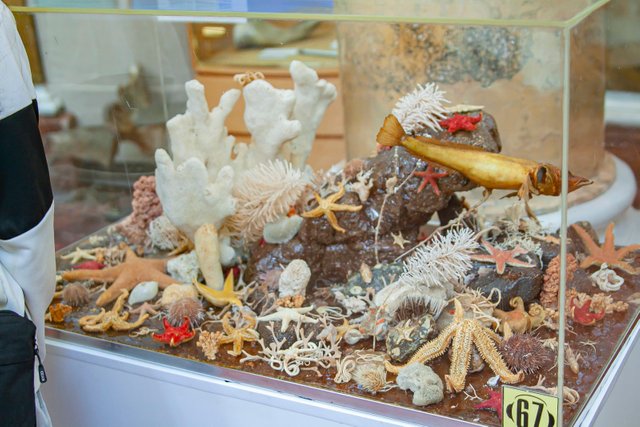
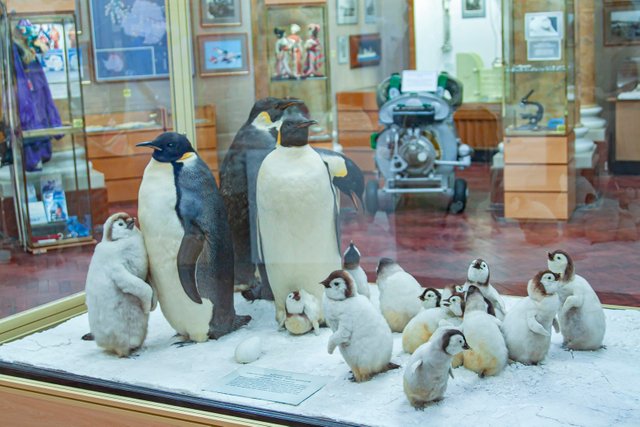
Здесь больше света, поступающего сквозь окна и экспонаты можно лучше рассмотреть. Бывшее здание церкви, отдано под музей имеет и на верхнем этаже большой круглый зал, но тут также много различных небольших комнат, где много чего интересного.
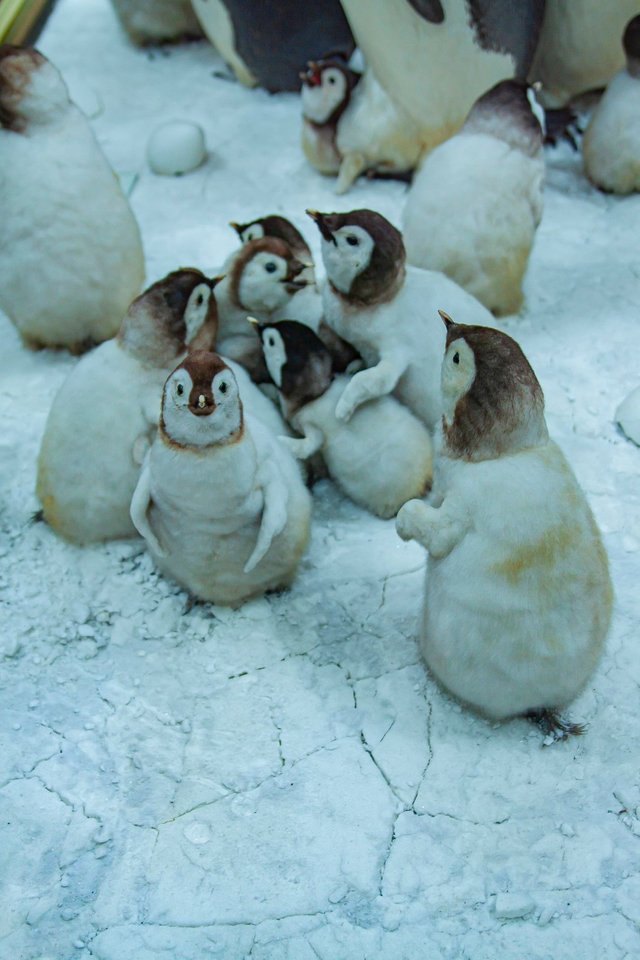

Не знаю, как вам, а мне было весьма любопытно узнать, что в Антарктиду начали плавать ещё на парусных судах. В те годы это было очень опасно и часто приводило к трагедиям. Ведь непрочные корабли не могли колоть лёд, как это делают сегодняшние атомные ледоколы, и часто затирались льдами.

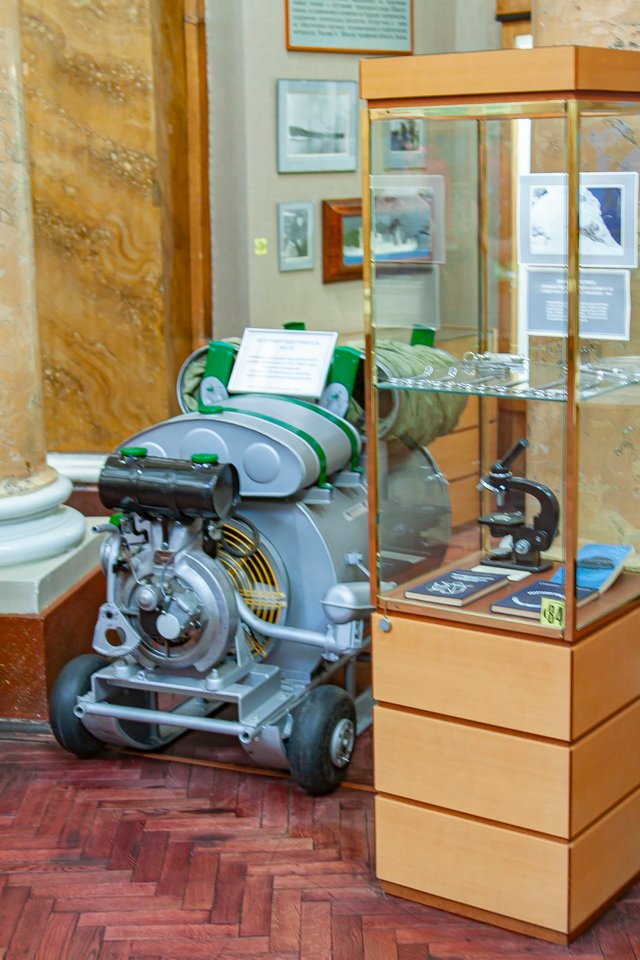
Кстати, конструкция современных ледоколов также вызывает интерес. По сути это большой поплавок с округлыми бортами. На ледоколах нет волнорезов и длинных выступов. Благодаря такой конструкции корабль как бы накатывается на лёд и своим весом ломает его. Если же ледокол попадает в ледяную ловушку, его борта не ломаются, а судно как бы выдавливается на поверхность.
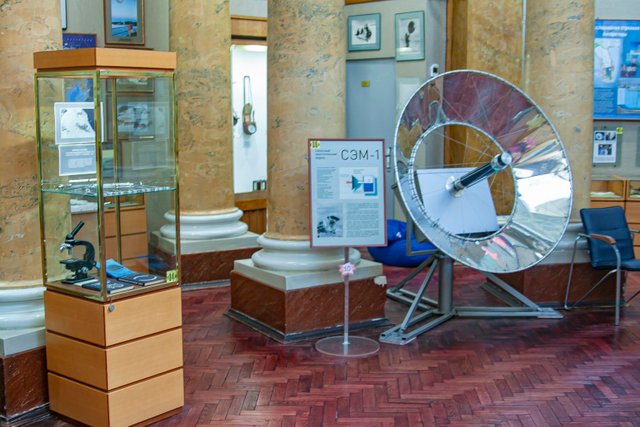
В антарктической секции музея так же представлены чучела и кости различных морских животных и птиц. Для пингвинов сделан отдельный большой стенд, куда помещены чучела целого семейства этих птиц. Это место пользуется особой популярностью у туристов, все делают фотографии и селфи.


На выставочных стендах представлено множество научных приборов. Все ои имеют разное назначение и изготовлены в разные периоды. В основном это геодезические устройства, зонды и глубоководные аппараты. Но есть тут и всевозможные морские измерительные приборы, снятые с настоящих полярных кораблей.

Завтра я сделаю завершающий обзор по выставке музея Арктики и Антарктики. Нас ждут фото диорам научно-исследовательских станций, одежда полярных исследователей и другие интересные экспонаты. А на сегодня у меня всё!
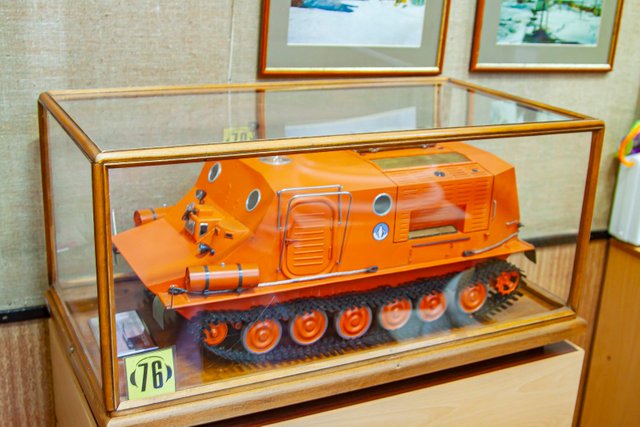

Hi, @yurche,
Your post has been manually curated!